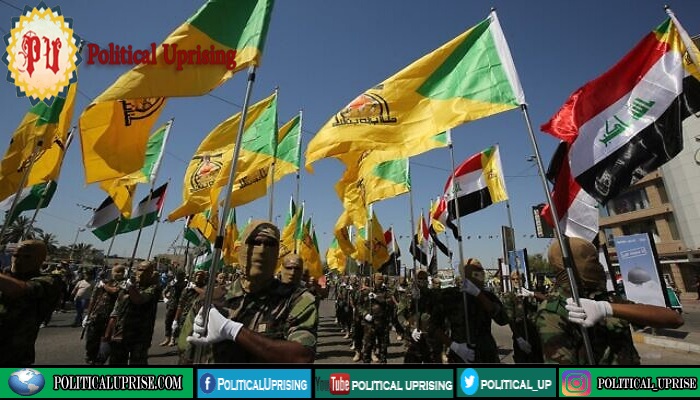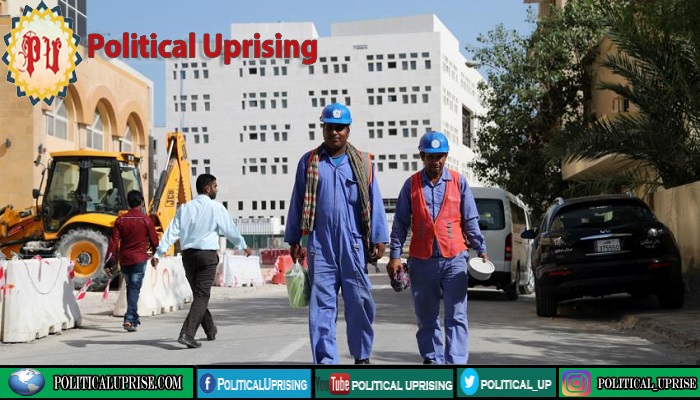Pentagon has categorically denied Wall Street Journal report that US was weighing sending up to 14,000 more troops to the Middle East.
Pentagon says Wall Street Journal report on 14,000 extra US troops to counter Iran ‘is wrong’.
The Pentagon has denied a report that the United States was weighing sending up to 14,000 more troops to the Middle East in the face of a perceived threat from Iran.
The Wall Street Journal on Wednesday reported the possible deployment would include “dozens” more ships and double the number of troops added to the US force in the region since the beginning of this year, citing unnamed US officials.
The newspaper said US President Donald Trump could make a decision on the troop boost as early as this month.
But the Pentagon disputed the accuracy of the report.
“To be clear, the reporting is wrong. The US is not considering sending 14,000 additional troops to the Middle East,” spokeswoman Alyssa Farah tweeted.
The region has seen a series of attacks on shipping vessels and a drone and missile attack on Saudi oil installations in September blamed on Iran.
Washington has already ratcheted up its military presence in the Gulf and expanded economic sanctions on Tehran, elevating tensions across the region.
Read More:
- Washington resumed informal talks with Taliban
- US ambassador accused of sexual misconduct
- Rohingya genocide took Myanmar to ICJ
- Quebec court to hear motion to suspend religious symbol bill
In mid-November the US aircraft carrier Abraham Lincoln sailed through the Strait of Hormuz in a show of force aimed at reassuring allies worried about the Iran threat.
In October defence chief Mark Esper announced that two fighter squadrons and additional missile defence batteries were being sent to Saudi Arabia, for a total of about 3,000 new troops.
A senior Pentagon official said on Wednesday there were indications Iran could potentially carry out aggressive actions in the future, amid simmering tensions between Tehran and Washington.
“We also continue to see indications, and for obvious reasons I won’t go into the details, that potential Iranian aggression could occur,” John Rood, the Pentagon’s number three official, told reporters.
Rood did not provide details about what information he was basing that on or any timeline.
“We’ve sent very clear and blunt signals to the Iranian government about the potential consequences of aggression,” Rood said.
Two US officials, speaking on the condition of anonymity, said there was intelligence over the past month indicating that Iran was moving forces and weapons in the region.
It was not clear what specifically Iran was looking to do with the movements, they added.
One of the officials said part of the concern was Iranian activity inside Iraq, which is experiencing anti-government protests.
Earlier on Wednesday, Iranian President Hassan Rouhani said the country was willing to return to the negotiating table over its nuclear programme if the US first drops sanctions, which have hampered the country’s economy and may have contributed to recent domestic turmoil sparked by fuel price hikes.
Speaking at a defence conference in Manama, Bahrain on November 23, General Kenneth McKenzie, commander of US Central Command, said the US does not have all the resources it needs to cover the Middle East region.
“There is a lot of water to cover. Simply put, we don’t have sufficient resources to be where we want to be in the right numbers all the time,” he told the annual Manama Dialogue on regional security.
But McKenzie rebuffed criticism that Washington has been disengaging from the region.
“We have a carrier in the theatre, we’ve reinforced Saudi Arabia,” he said.
“So I’m not sure I would agree with the narrative of abandonment or a narrative of walking away.”
Pentagon has denied report that US mulling 14,000 more troops for Middle East.



